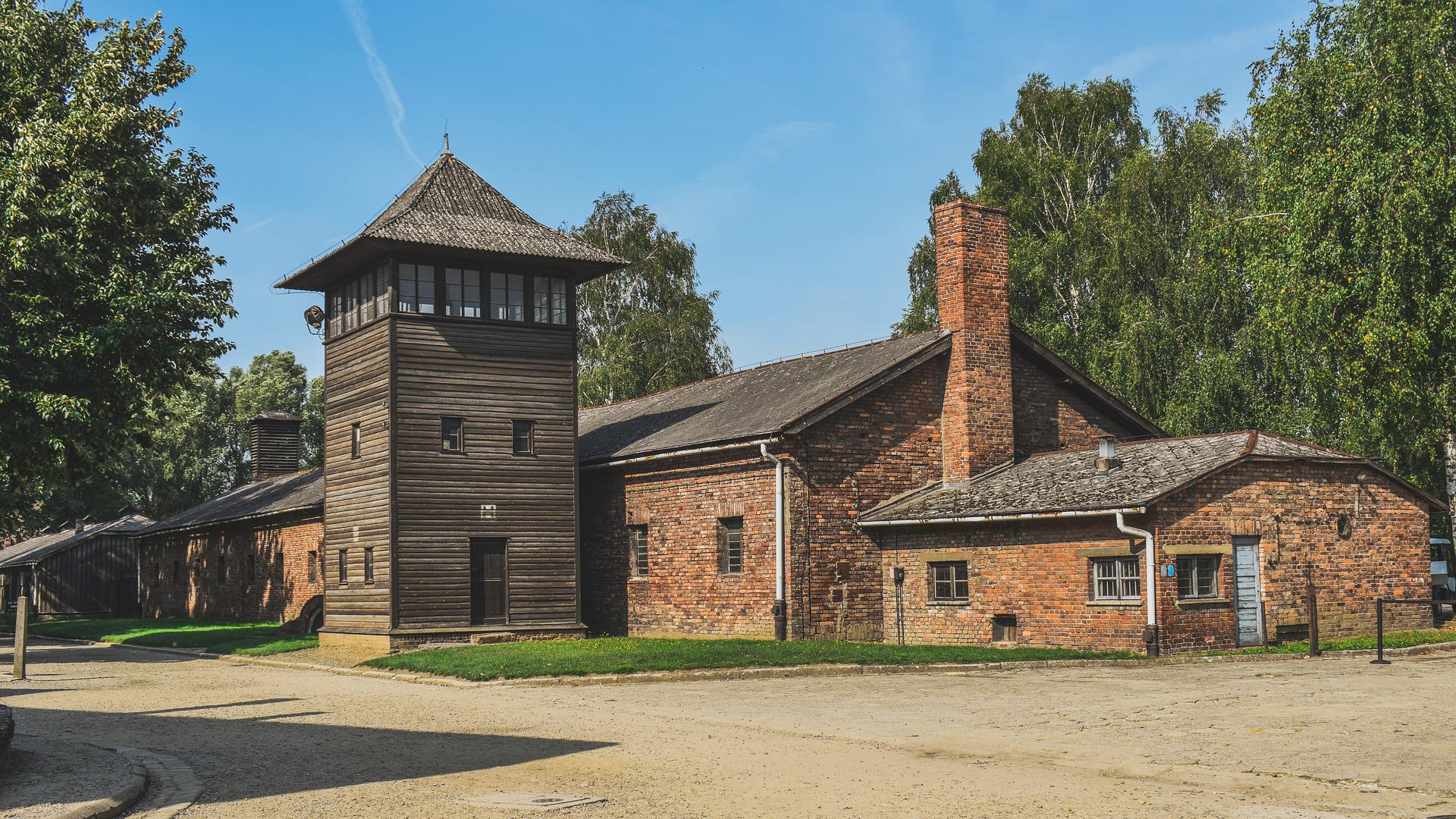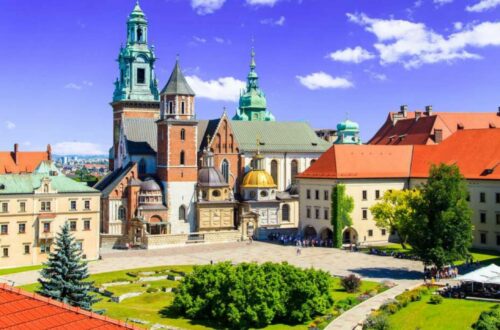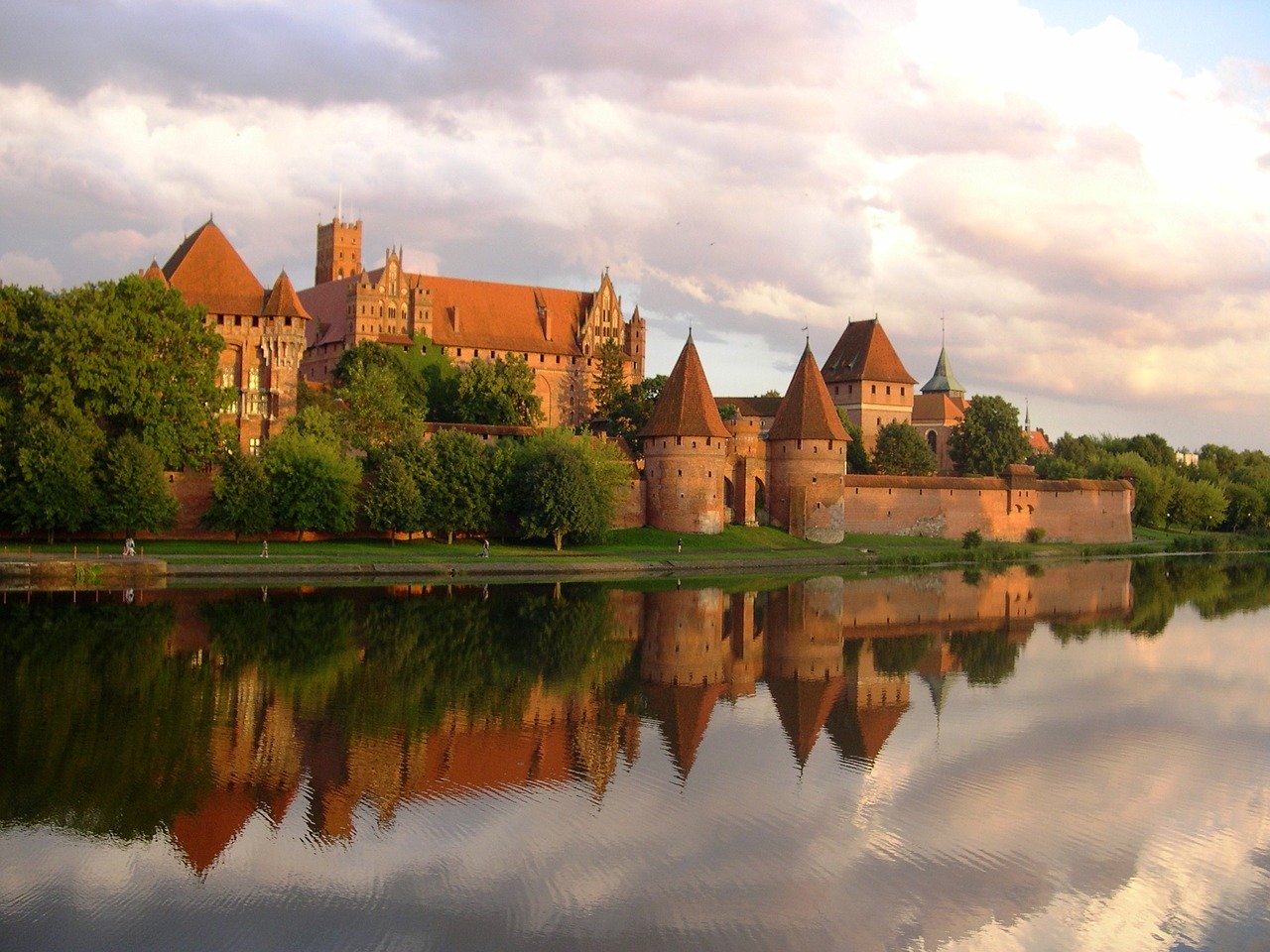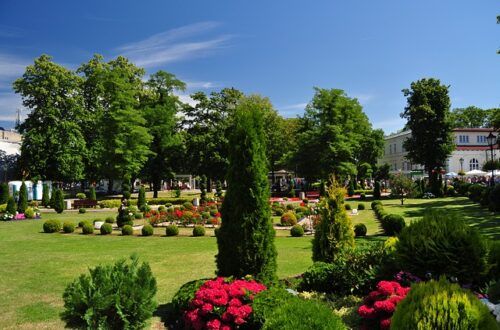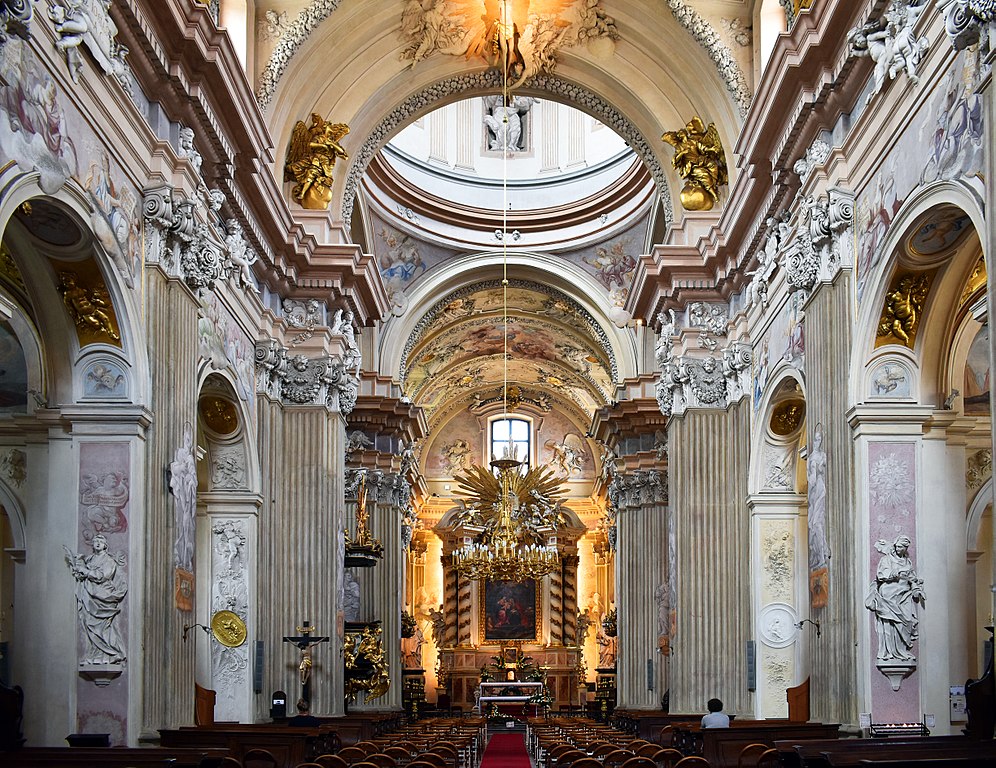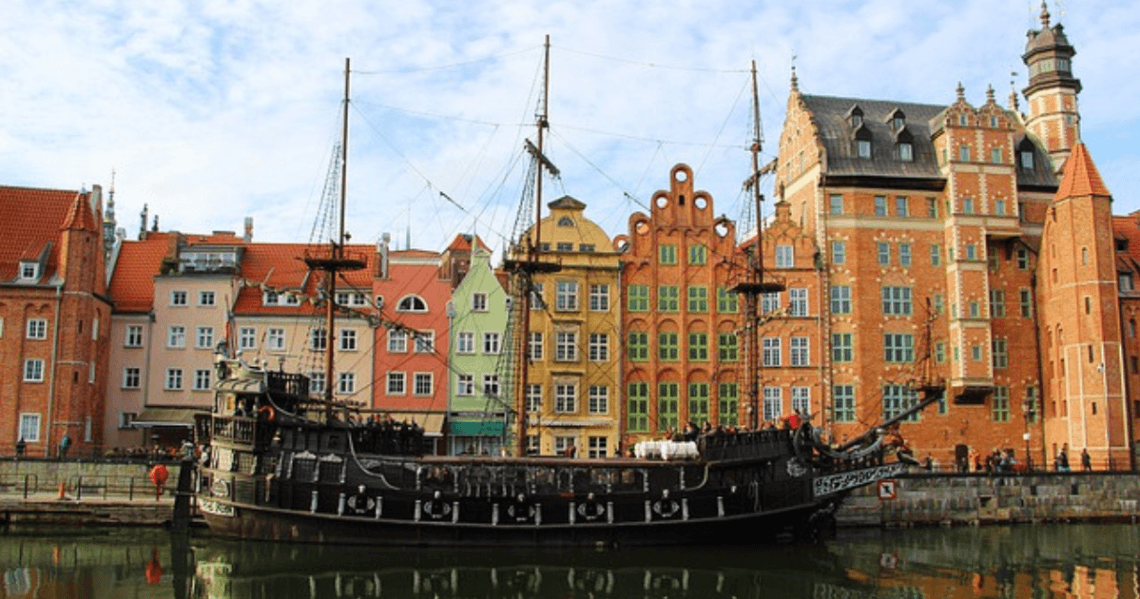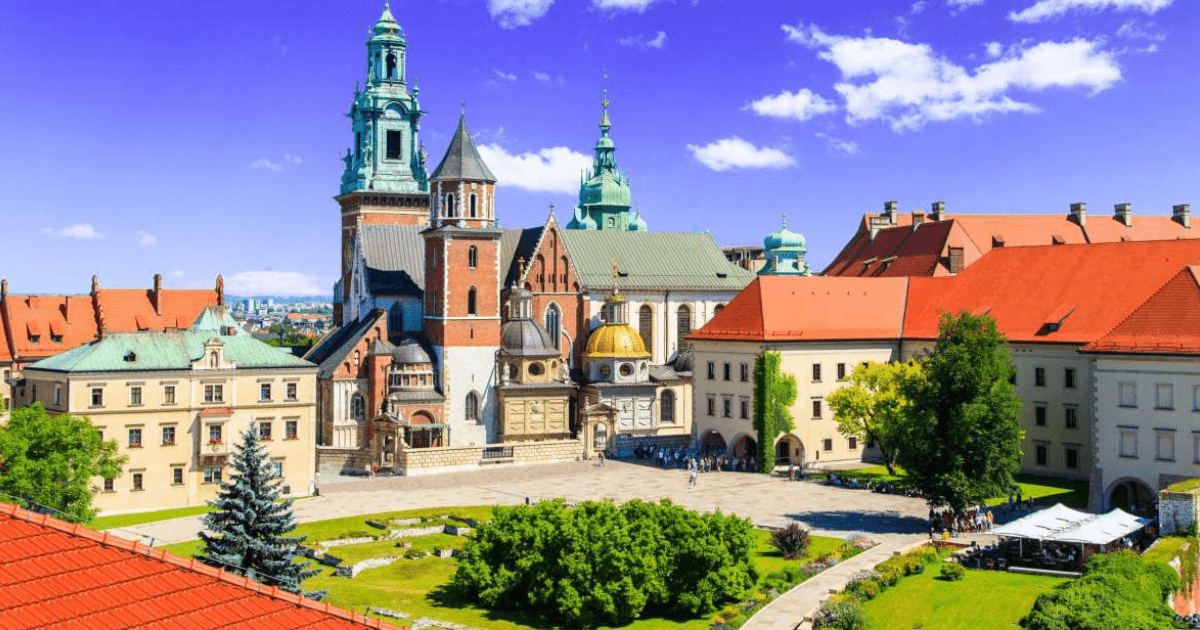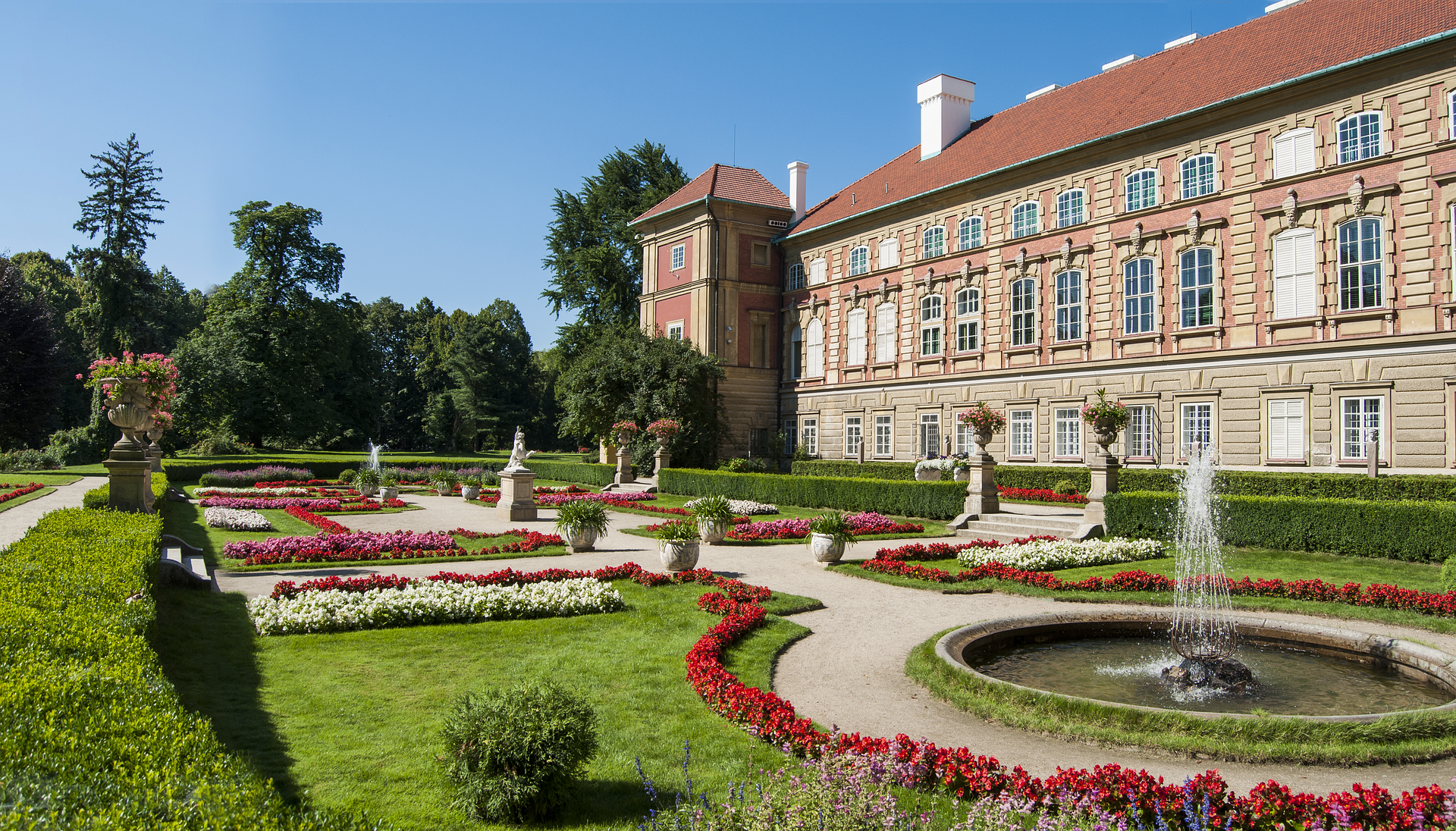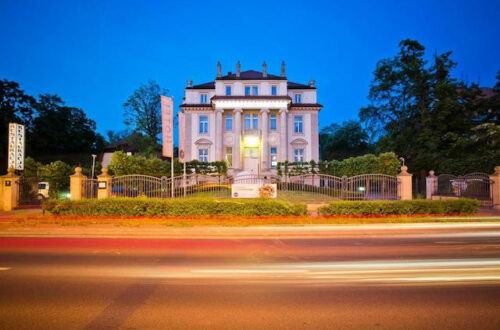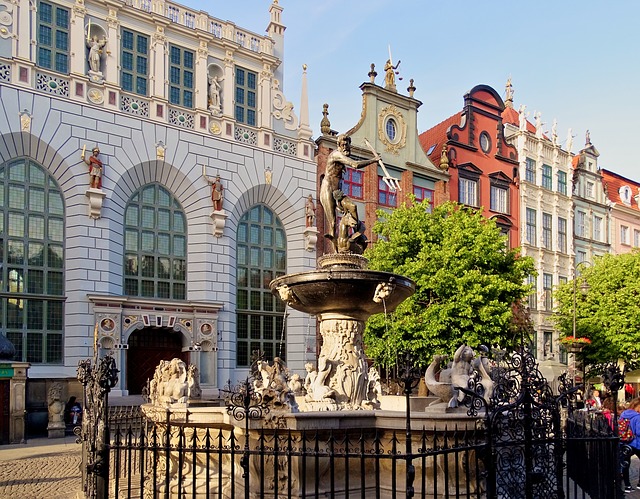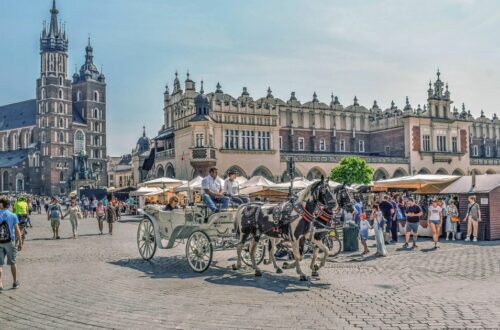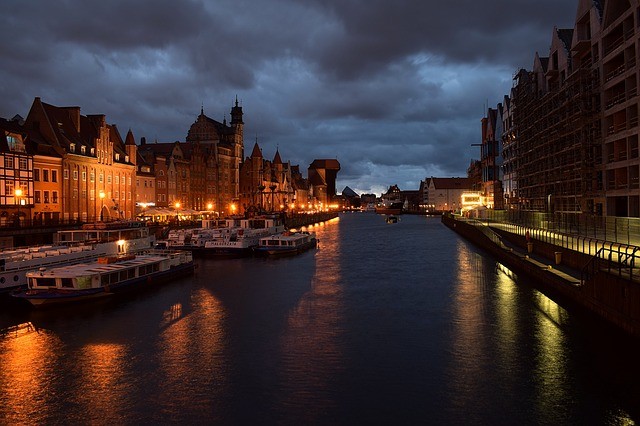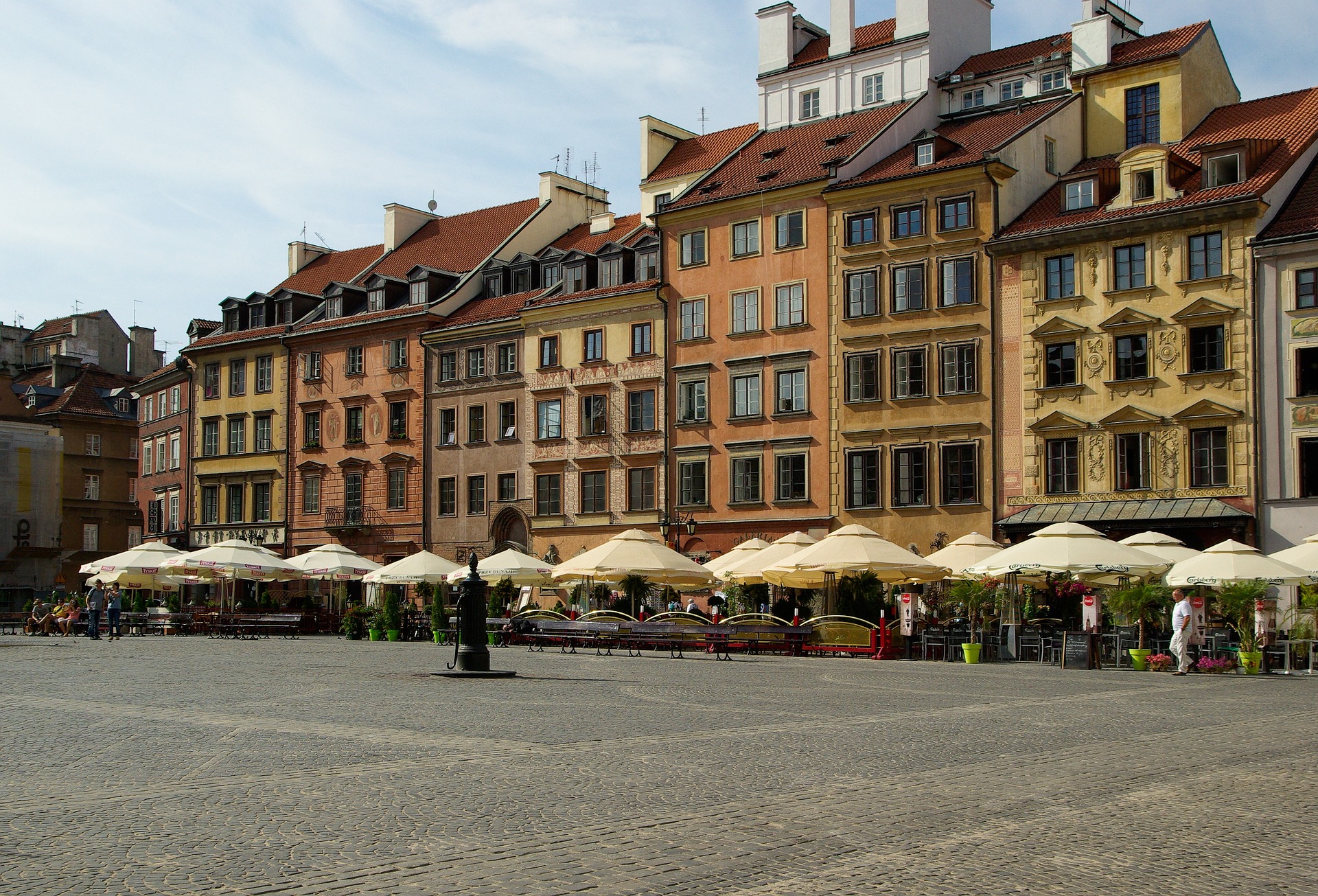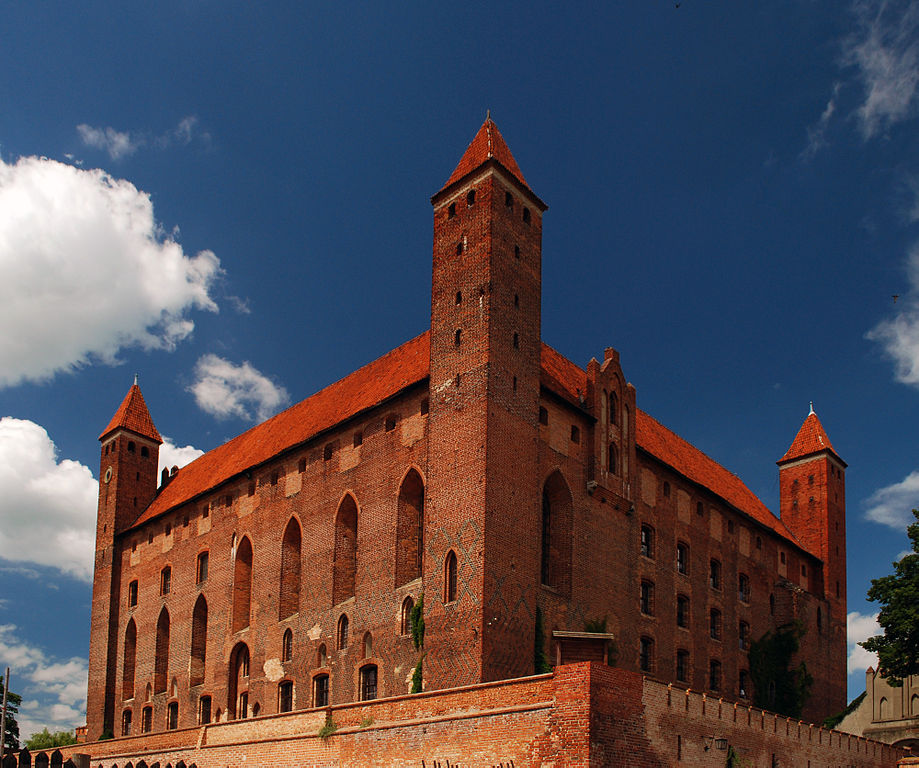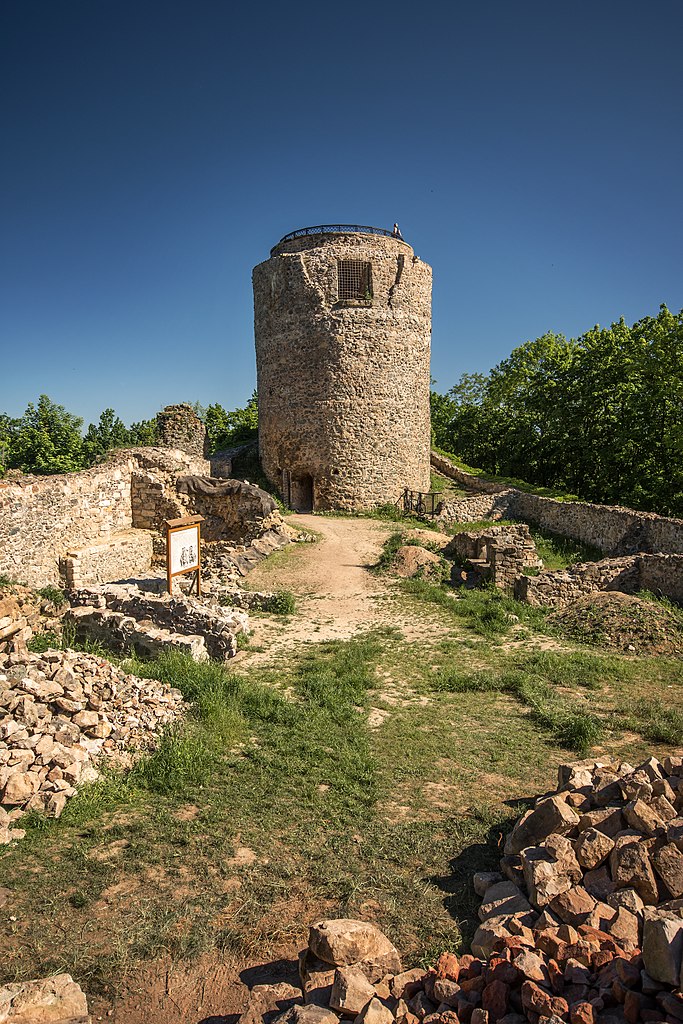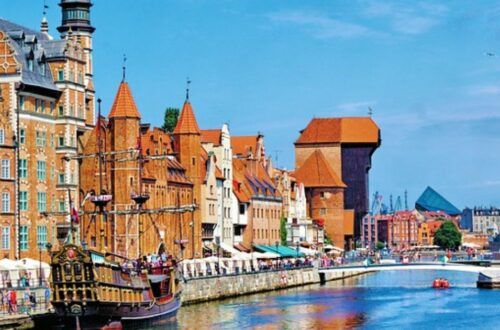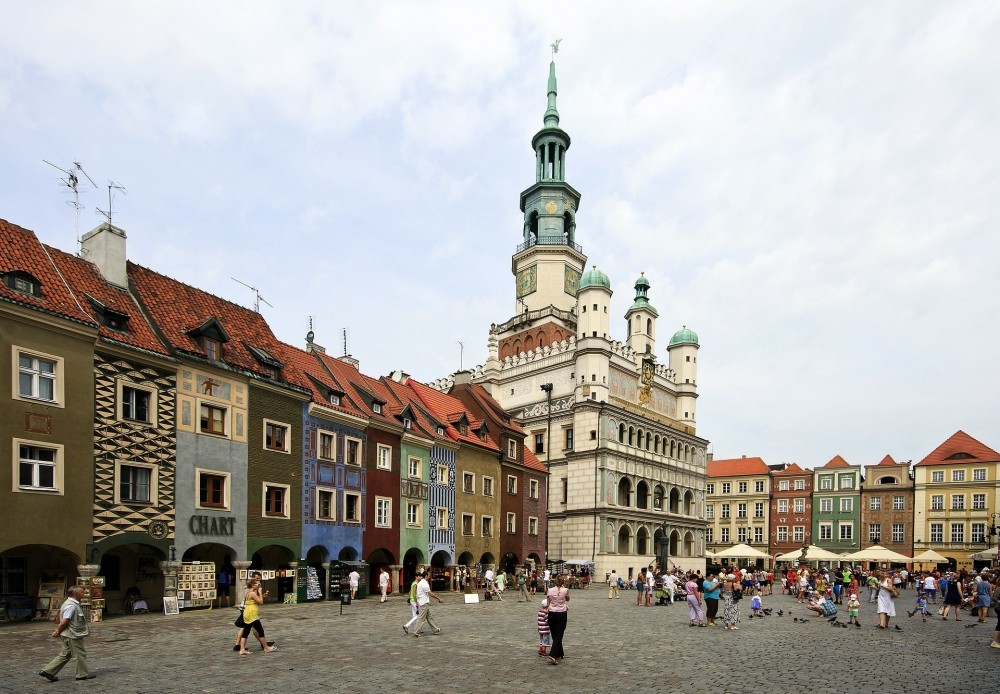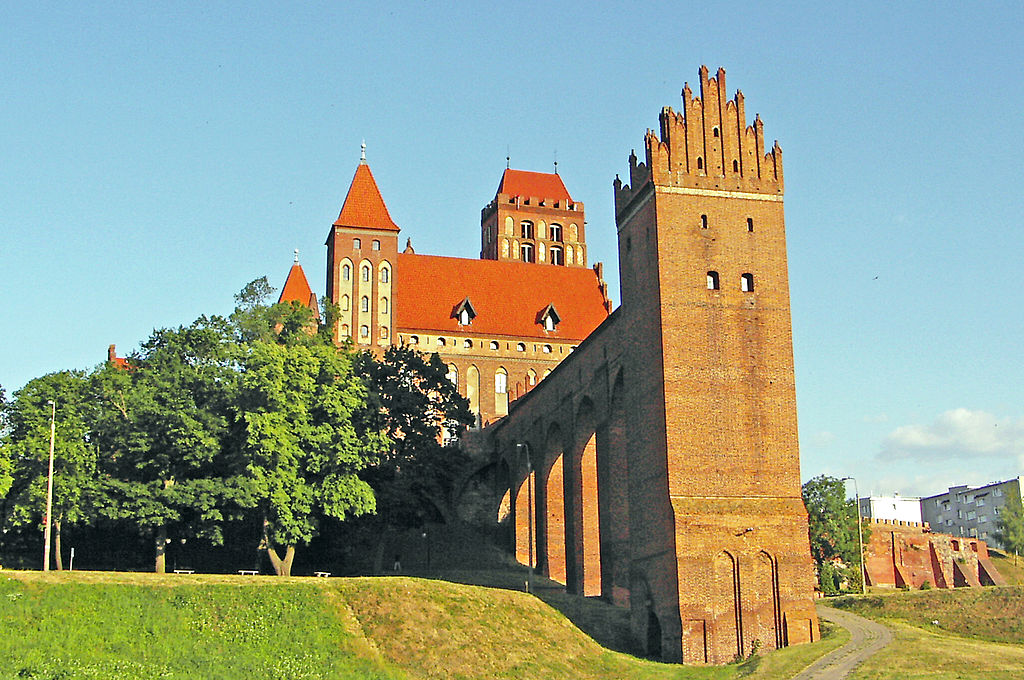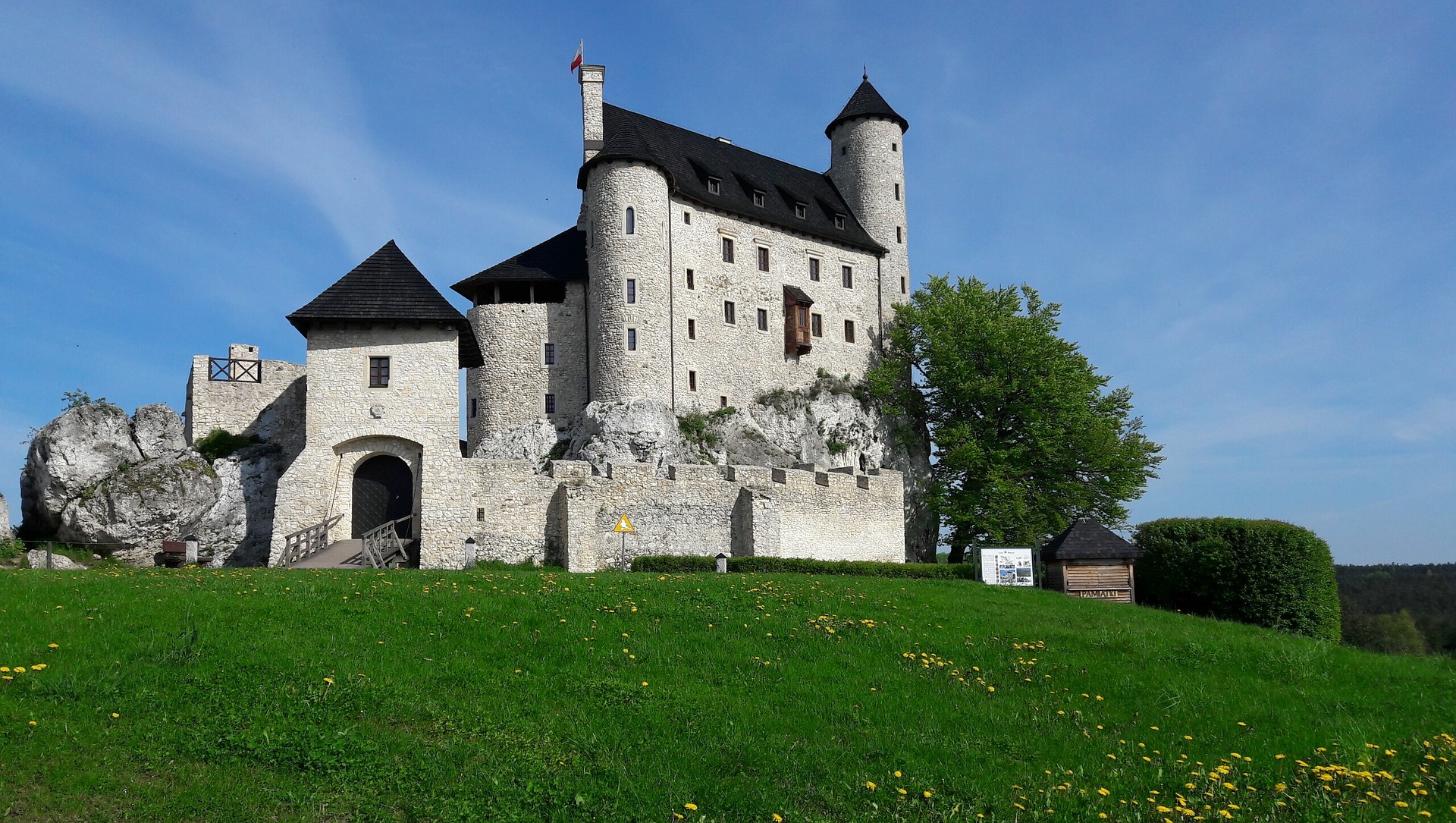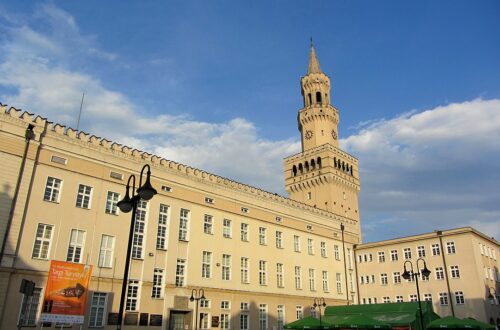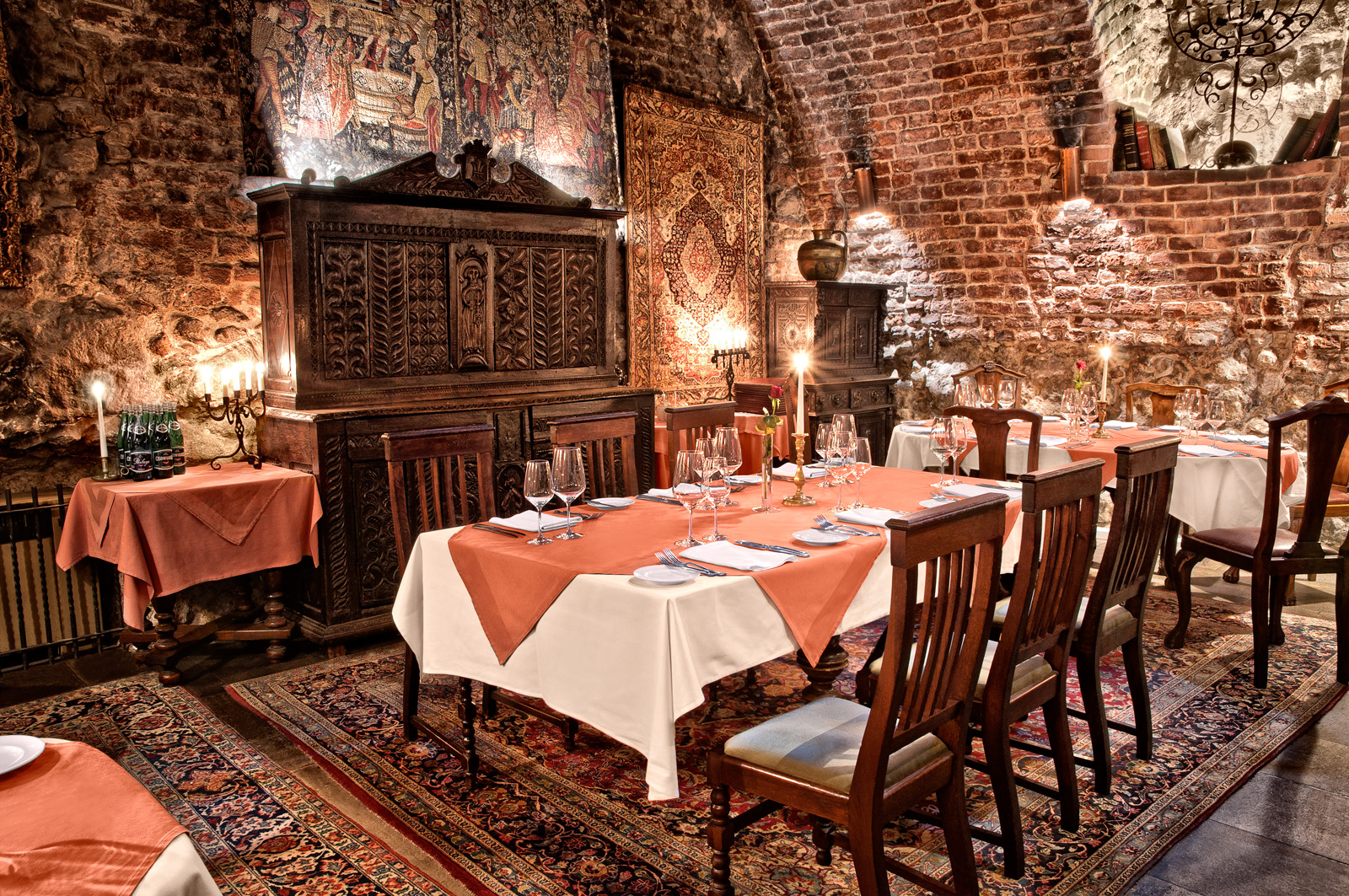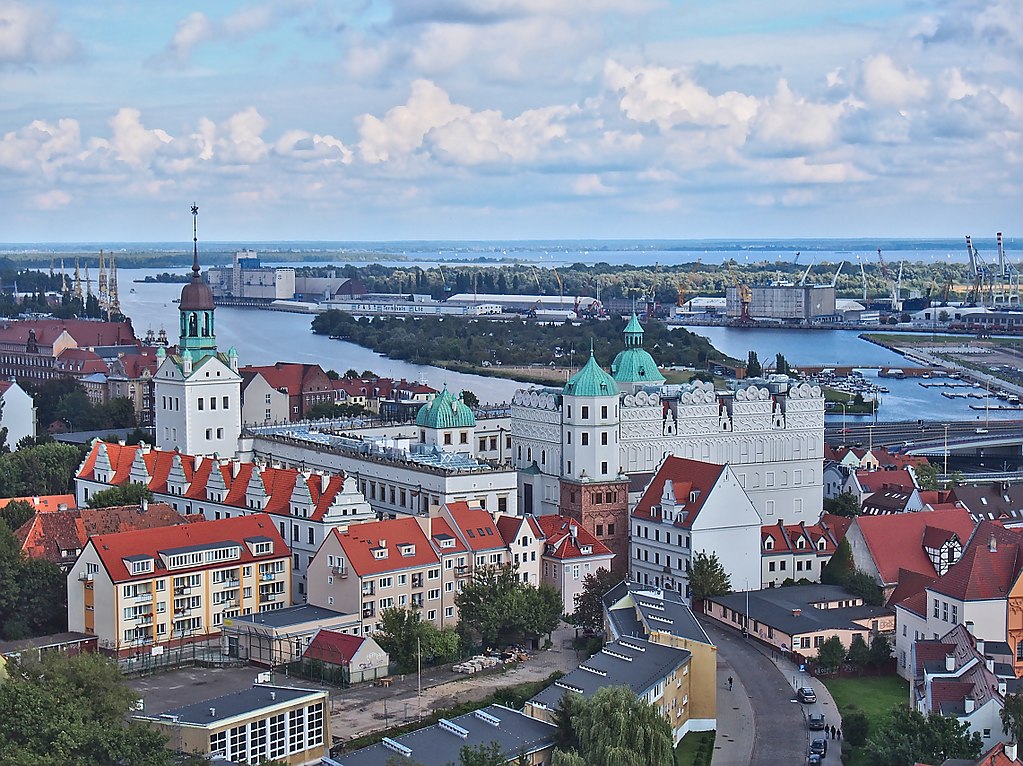-
The Majestic Gdansk Crane: A Journey into Poland’s Rich Maritime History
If you’re planning a trip to Gdansk, Poland, there’s one iconic landmark that you simply can’t afford to miss – the Gdansk Crane. This towering structure, which once served as an integral part of the city’s shipyard, is now a symbol of Gdansk’s rich maritime history. History of the Gdansk Crane The first mention of the Gdansk Crane dates back to 1367. However, this original structure was destroyed by fire in 1442. Not to be deterred, the people of Gdansk quickly set to work building a new crane between 1442 and 1444. This impressive edifice was not only a functional tool for the city’s bustling port but also a fortified…
-
Essential Travel Guide to Gdansk Lech Wałesa Airport (GDN)
Airport Transportation: Gdańsk Lech Wałęsa Airport is well-connected via various modes of transportation. You can opt for taxis, rental cars, or public transport like buses and trains. The SKM suburban train offers a convenient connection to Gdańsk, Sopot, and Gdynia (Tri-City). Check-In: For international flights, it’s recommended to arrive at least 3 hours before your flight and 2 hours for domestic flights. There are self-service kiosks available for a quicker check-in process. Security: Like most airports, Gdańsk Airport has strict security measures. Be prepared to remove electronic devices from your luggage and adhere to liquid restrictions. Keep your passport and boarding pass handy. Gate Information: The airport consists of two…
-
Visiting Malbork Castle – Largest in The World
Malbork Castle is one of the few fortresses in Europe with a world-class reputation, and it holds the top spot as the largest castle in the world. Located in Northern Poland, Malbork Castle is one of the most well-preserved castles in Poland, as it takes you back in time in an incredible fashion. The castle’s interior reflects the variation of different periods. Malbork Castle is one of the reasons why many people visit this beautiful country, and you shouldn’t hesitate either. The castle is proclaimed a UNESCO heritage site. Amazing, isn’t it? To understand why tourists flock to this attraction annually, you may need to visit this castle in person…
-
Visiting Gdansk’s Old Town: A Spectacular Experience
If you’re looking for a beautiful and charming European city to visit, Gdansk is the place for you. Located on the Baltic Sea in Poland, Gdansk’s Old Town is a must-see destination. With its cobblestone streets, old churches, and colorful houses, Gdansk is one of the most picturesque cities in Europe. Best Things To Do & See in Gdansk Old Town Amber Museum Photo Credit: @muzeumbursztynu Amber Museum in Gdansk is one of the coolest amber museums I’ve ever seen. It’s located in an olden-day city, Gdansk, in Poland. And what’s really neat about amber is that it’s not just a pretty yellowish rock: it’s actually fossilized tree resin. So…
-
Artus Court in Gdansk ( Dwor Artusa )
If you’ve always dreamed of taking a step back in time to a bygone era, it’s needless waiting for a time machine. Many people get to know about Poland and its rich history by reading history books. However, experiencing it, firsthand develops a better understanding of ancient history. Artus Court is an impressive mansion in Gdansk dedicated to providing you with a leap into the past. Walk into Artus Court, locally known as Dwor Artusa, and experience firsthand what life was like in days gone by. The mansion is a symbol of Gdansk’s power in the 16th and 17th centuries. For years, it served as the meeting place for merchants…
-
How To Spend 48 Hours in Gdansk
When it comes to planning a city break in Poland, Gdansk may not come to mind, but this lovely city is in a league of its own. It is one of Poland’s most culturally and historically significant cities. Though it may not be as popular as Krakow in terms of the number of visitors, it is an ideal destination for an unforgettable weekend getaway. Popularly known as Polish Amsterdam, Gdansk has its name engraved in the history books. The first gunshot that signaled the beginning of the Second World War was fired just 20 minutes north of the city’s downtown. Not only that, the Solidarity movement that eventually saw the…
-
Gniew Castle
The picturesque medieval castle in Gniew is next to the castle in Malbork, one of the most famous Teutonic castles located in Poland. The stronghold in Gniew lies on the Trail of Gothic Castles. The castle is open to tourists, but it also houses a luxury hotel. It’s been said that it is one of those places that combine extraordinary, intricate, and sometimes dark history with modernity and comfort. History The castle was built at the turn of the thirteenth and fourteenth centuries and was the most powerful Teutonic fortress on the left bank of the Vistula. Construction began after 1290 and lasted 40 years. It was the seat of…
-
Castle and Cathedral Complex in Kwidzyn
Kwidzyn is a tourist pearl of Poland. The biggest tourist attraction in the city is the castle and cathedral complex. An unusual combination is illustrating the history of the region, beautiful full of glory and contradictions. History of The Complex The castle is connected to the Cathedral in Kwidzyn that, at first glance, it is difficult to separate these two objects. They are like Siamese twins. Someone who goes to Kwidzyn intending to see the castle should see the vast Cathedral as well. Castle The construction of the castle of the Pomezanian chapter began at the turn of the 13th and 14th centuries. After the works aimed at preparing the area,…
-
The Pomeranian Dukes Castle in Szczecin
The Pomeranian Dukes’ Castle in Szczecin is an example of Renaissance architecture. This is the historic seat of the Gryfit family, rulers of the Pomerania. Once a wooden Slavic stronghold, today, after many transformations, a perfect example of the simplicity and harmony of the Renaissance style. The Szczecin castle has great historical value, but at the same time, it can offer many modern attractions. History The Renaissance Pomeranian Dukes’ Castle was built on the hill. In 1124, Prince Warcisław I made the first stone building in the northern part of the hill, i.e., the prince’s house. In 1235 prince Barnim I decided to move the capital of the West Pomeranian…

